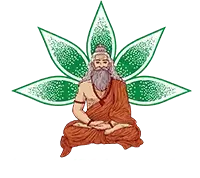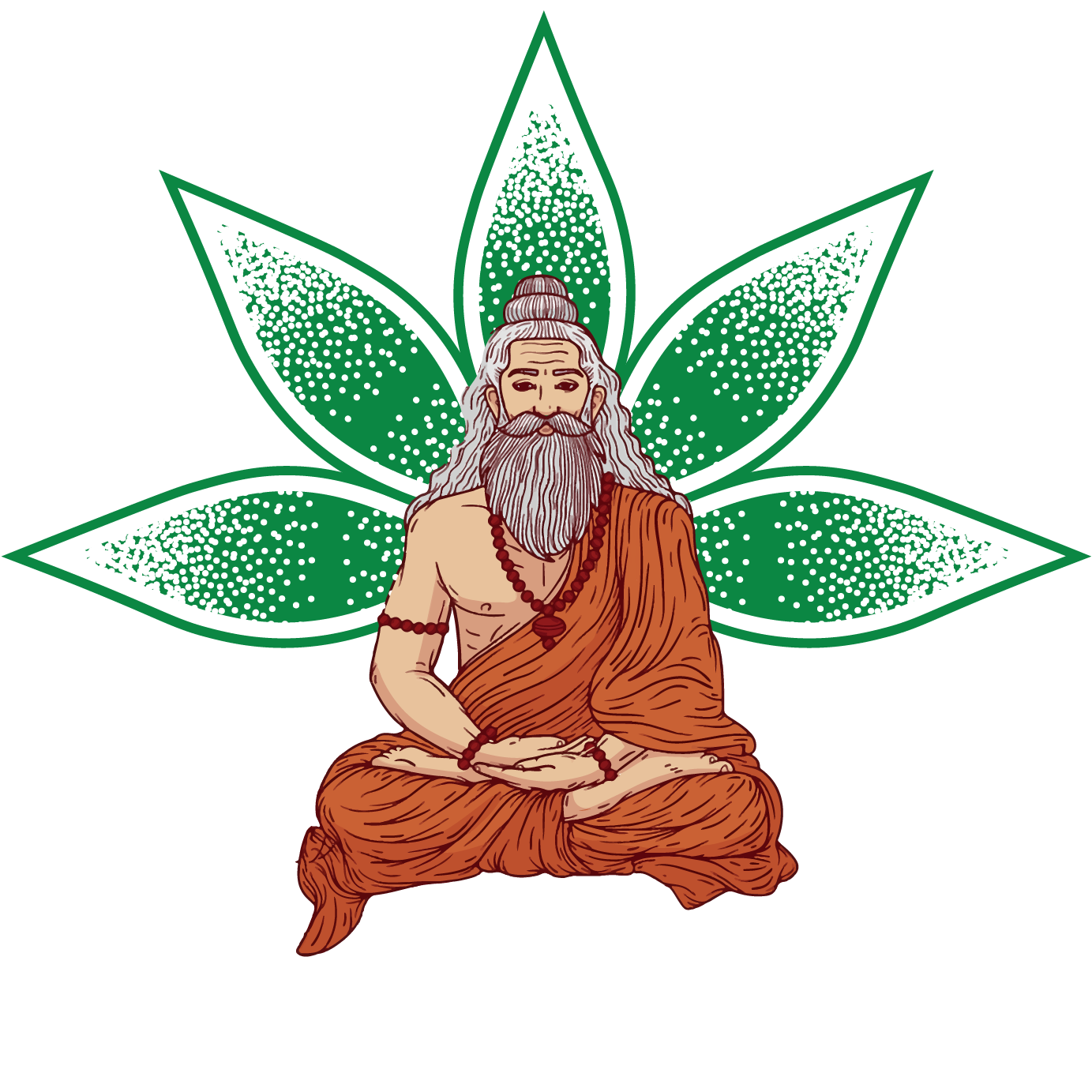Hindus and Buddhists alike held the medieval Indian sage Matsyendranath in high esteem; he was born in Bengal sometime between the tenth and fourteenth centuries CE. Among his many students was Goraksha, a pioneer in incorporating Hatha yoga into popular culture; he is thus widely believed to have been one of the earliest Hatha yogis. Conventional wisdom is that Matsyendranath and Goraksha were the primary thinkers and writers of Hatha yoga’s foundational texts.
Among the few asanas documented in the “Hatha Yoga Pradipika” is Matsyendrasana, often known as the half lord of the fish’s stance.
The various legends surrounding Matsyendranath’s enlightenment serve as examples of the power of yoga for personal growth and change. Legend has it that Matsyendranath was cast into the water as a baby due to the unlucky stars that befell him at birth. A fish eventually swallowed him, and he spent the next twelve years there.
After listening to Lord Shiva teach Parvati the yoga sutras on the ocean floor, he started practicing yoga sadhana inside the fish’s belly. He awakened as a fully enlightened Siddha after twelve years. Lord of the Fishes is the name he was given because of this. Another story has it that Matsyendranath was a fish born to become a Siddha so that he may teach yoga to others.
Word Origin
The “Matsyendrasanhita” (a compilation of mantras and hymns) and the “Kaulajnananirnaya” (a study of the knowledge relevant to the Kaula lineage) are two of the earliest Sanskrit books on Hatha yoga that are attributed to Matsyendranath.
It was Goraksha who penned the first book on Hatha yoga, the “Goraksha Samhita.” One other name for it is “Goraksha Paddhati.” The years 10–14 are considered to be his most likely lifetime. There is historical evidence to suggest that Shiva manifested on Earth multiple times in his one form.
The Sanskrit words go (meaning “cow”) and raksha (meaning “protector”). This is the origin of the name Goraksha. Indians refer to Shiva as the “lord of cattle.” As a result, people think his name might mean anything related to his ties to Shiva and the teachings of the deity.
Conversely, “goraksha” was formerly reserved for yogis who had achieved mastery in the difficult Hatha yoga asana of “swallowing” the tongue behind the throat.
Supposedly born in a dung heap, Goraksha belongs to the lowest caste. Throughout his life, he served his teacher, Matsyendra and became famous for his miraculous healing abilities.
The Nath tradition can trace its lineage back to him, and he is also known as Gorakshanath. One who has attuned themselves to their indriyas (senses) and overcome the five evil aspects of human nature—kaam (sexuality), krodh (temper), mad (ego), lobh (greed), and moh (worldly attachment)—is called a Goraksh Nath.
Legend has it that Goraksha also established the Order of the Split-Ears, a sect of ascetics who wore enormous earrings as a sign of their initiation.
Also read: Master Gorakhnath and hatha yoga
There are a plethora of modifications and advantages to both of these yoga poses. No matter our origins or circumstances, the narrative of the sages tells us that we can all achieve greatness if we follow our hearts, be curious, and follow our passions.







Leave A Comment